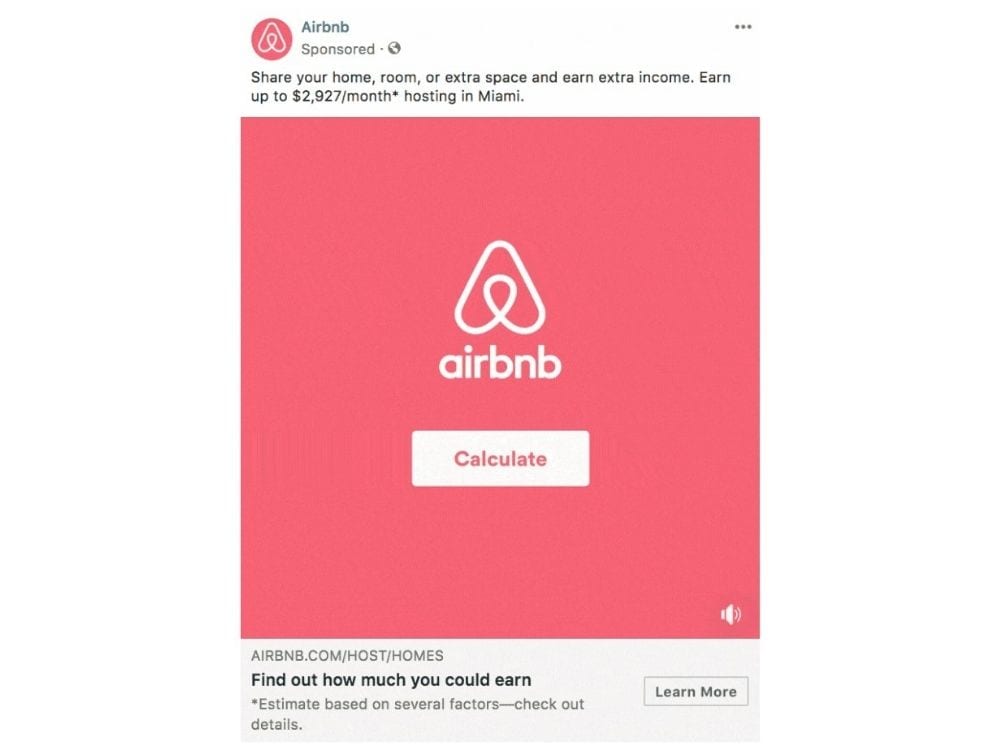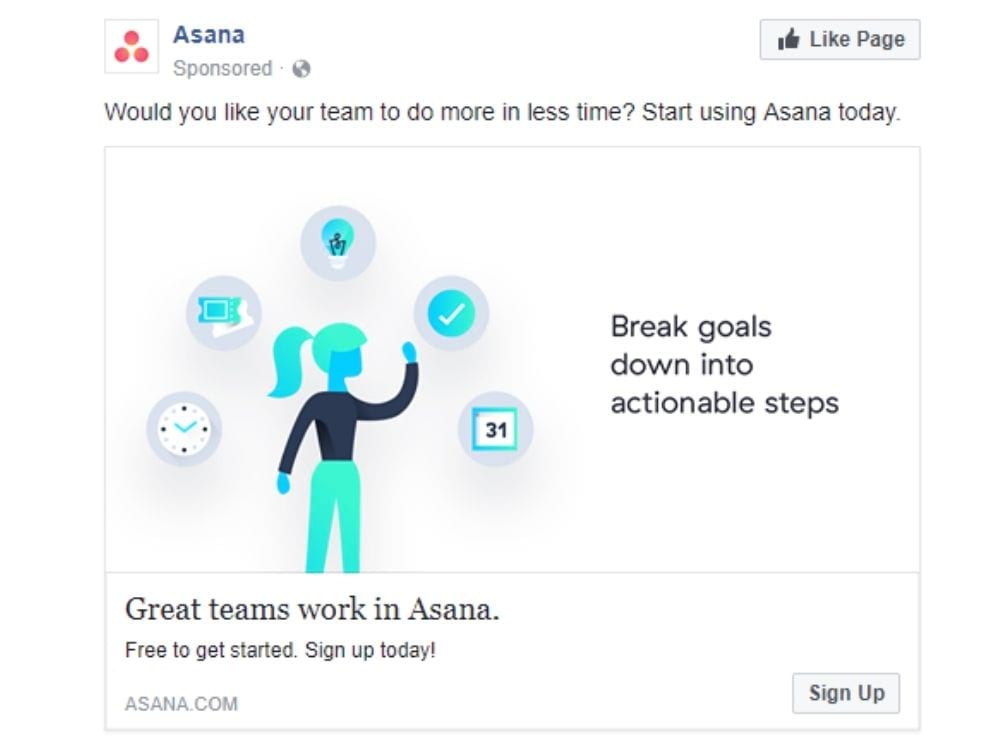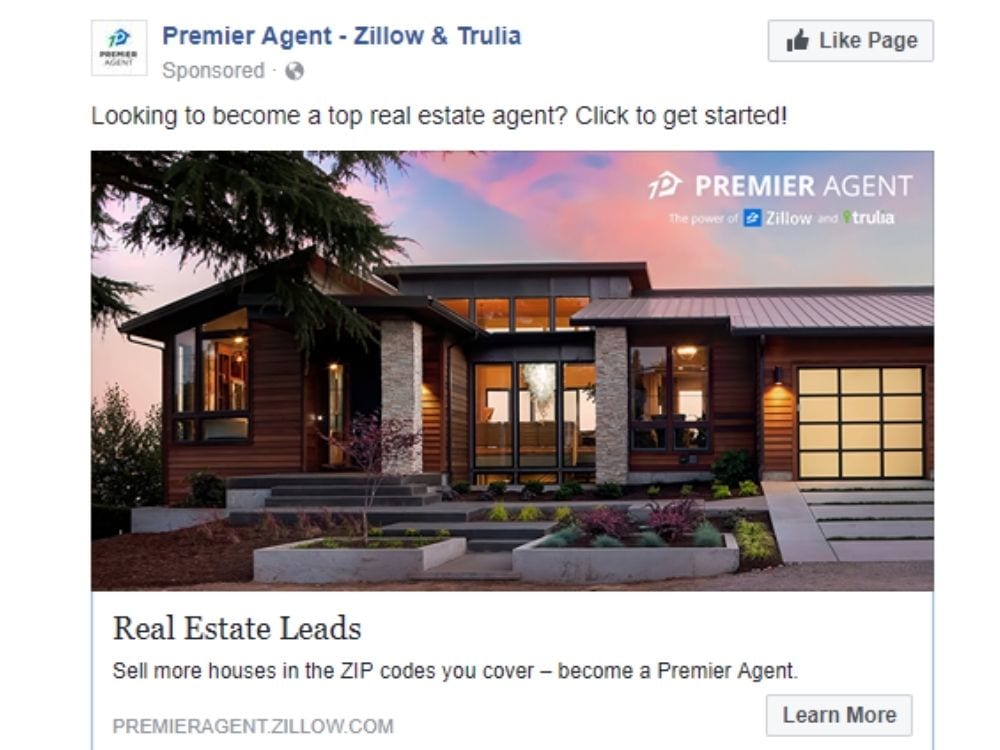When you think about optimizing your PPC campaigns, the last thing to come to mind is the CTA. That’s just the “buy now” button at the end of the ad, right?
Wrong. In fact, the CTA is the most important part of your PPC and can drastically increase your conversion rate when optimized properly.
The problem is, most marketers or business owners stick to the same, generic CTAs that just don’t work anymore.
If you’re trying to optimize your PPC campaigns to increase conversions, this article will show you how to create an effective CTA that gets clicks.
What is the purpose of a CTA?
A Call to Action (CTA) is used to grab the attention of potential leads. By literally calling for the person to take some form of action, you’re encouraging engagement to keep that lead moving through your sales funnel.
Most business owners think of CTAs as the big red button that says “buy now” or “learn more”, but there is so much more that goes into creating effective CTAs.

For a start, there are many different forms depending on the PPC channel you choose:
- In-line
- Button
- Form
- Pop-up
- Slide-in
- Sidebar
- Blog
- Social Sharing
And these can all have very different goals:
Content-Boosting
CTAs that boost content tend to promote content at the top of the sales funnel. For example, if someone lands on your website for the first time from a Google search, you might use a pop-up with information about your email list.
The CTA will encourage traffic to sign up and enter the top of your funnel.
Conversion-Generating
These are for the middle or bottom of your funnel to generate leads. Directed at specific buying personas, these will attempt to turn warm leads into clients or customers.
For example, you might have a form or landing page which outlines your product or service that you want to funnel traffic to. The CTA will encourage the user to buy from you or arrange a consultation.
Business-Centered
These are much more promotional than the other types of CTA. If you’re trying to promote an event, business-centered CTAs will encourage users to sign up to attend, whether that’s on Facebook, Google or another platform.
These CTAs don’t usually relate to your regular website content, but are still an important part of building trust with the customer.
Benefits of Having a Well Thought Out CTA
You might still think a CTA is just a button for customers to click. But the statistics say otherwise:
- Over 90% of people who read your headline will also jump to your CTA
- Adding a CTA to Facebook ads can increase clicks by 285%
- Making a CTA button stand out can increase conversions by 232%
When it comes to PPC campaign management, the more optimized your CTA, the better the ROI.
So now the question is, how do you write better CTAs?
Tips for Better CTA Writing

Your CTA will be tailored to your product or service, but the overall goal is to make it stand out and grab potential customers’ attention when they do a search.
Here are tips on how to achieve that:
- Emphasize low risk
This is one of the most effective ways to compel someone to take action. Big name brands like Netflix do this well by offering free trials.
What can you do to reduce the potential risk customers feel and need to overcome to click your CTA?
- Offer a free trial
- Give a money-back guarantee
- Offer no-obligation quotes
- Be transparent with pricing
Most of the pain points potential customers face center on pricing. If you can overcome these fears in your CTA, you are going to get significantly more clicks.
- Keep it simple
You have just seconds to grab the user’s attention and convince them to stick around. The simpler and cleaner you can make your CTA, the better.
It needs to immediately invoke a feeling, convey your core message, and give them a reason to click.
This might seem difficult to do, but we’ll look at some examples later of businesses who do this flawlessly and see massive results.
- Use action verbs
This is a simple psychological trick that has a big impact. When we read action words like “watch” “start” “download” “discover” or “shop”, our brains automatically prepare us for that action. This means your user will be that little bit more prepared to click and take that action.
So, if you’re trying to get users to download your new recipe book:
- Don’t write: “Click here for your eBook”
- Write: “Cook your first low carb meal today”
It’s a simple switch in wording but has a powerful effect on your audience.
- Have a single goal
Each CTA should have one goal you want to achieve, no matter how many products or services you’re offering.
For example, if you have a new product you want to launch, your CTA should focus solely on how that product solves a problem for your customer. There isn’t room to include your mission statement or what makes your brand different.
You might find secondary results from a CTA – customers might buy other products once clicking your CTA for your product launch – but this shouldn’t be the goal of the CTA.
Best PPC Call to Action Keywords
If you’re struggling to come up with an eye-catching final CTA, here are some of the best action keywords to stop traffic:
- Get Started
- Sign Up Free
- View a Demo
- Learn More/Introducing/Join Now
- Explore
- Discover/Create/Promote
- Get X% Off
- Try For Free
- Save Big
- Buy and Save
- No Obligation
- Risk Free
- Reserve Your Spot
- Don’t Miss
- Proven/Guaranteed
Use action words carefully though. They should be true, not just clickbait, and they shouldn’t spam your call to action copy.
The Best Call-to-Action Examples Out There
Some companies have nailed their CTA content, let’s take a look at a few that have done extremely well:
- Asana

This PPC ad focuses on emotion which is a great tactic when capturing attention. By saying “great teams work in Asana” it immediately makes a user feel like they should be using it if they want to be classed as great too.
It also eliminates risk by offering free sign ups, and focuses on a single goal (do more in less time). Simple yet so effective.
- Hello Fresh

This ad is effective because it’s written like it’s aimed at existing customers. It gives the feeling of a club that others want to be a part of and uses interaction to get people to engage with the content.
The final CTA is a strong action by telling people to order for next week. This doesn’t just inspire action but also puts a timer on the sign-up window which will encourage people to act quicker.
- Zenreach

Zenreach includes an impressive statistic in their CTA as well as focusing on an important goal in the restaurant business: “bring customers back to your restaurant”! They also help customers overcome risk by offering a free trial when they sign up.
Examples of Some Not so Good CTA’s
Now we know what to do right, let’s look at what to avoid!
- Vague language

Premier Agent start off well by focusing on a goal (become a top real estate agent), but it’s too vague to inspire action. It doesn’t offer a solution or product that will help the potential customer get there.
The button “learn more” is also too general and overused, so users aren’t going to be eager to click.
- No clear positioning
Your ad needs to target people at a specific point on the buying journey. You do this by positioning your product or service as the solution to a specific problem. If it’s too vague, it won’t speak to anyone.
Think about where your PPC ad sits in your sales funnel. Are you looking for people to make a purchase? What is the specific problem they are facing and how do you solve it?
Or maybe you need to make people aware of a problem they may not be aware of yet. This is an entirely different audience and so your CTA content will need to show you understand where they are in their journey.
- Not conveying value
It’s not enough to showcase your offer, no matter how great it may be. You need to instantly let your audience know why it’s valuable.
Whether it’s an eBook on marketing strategies for small businesses or a new vegan milkshake. Why should your audience bother buying it? Why should they click your ad and take the next steps?
You need to quickly and concisely convey the value of your product. Will they get more leads from your eBook? Can they enjoy a delicious chocolate milkshake with less calories?
Whatever it is, make sure your PPC CTA instantly captures the value of your offer.
Conclusion
There is a lot that goes into creating a high-converting CTA for your PPC campaigns. But it’s worth the time and effort of crafting the perfect message.
Increase conversions and ROI with the Bant.io dashboard, where you can keep track of your PPC campaigns in one place. Let us know how we can help today!

